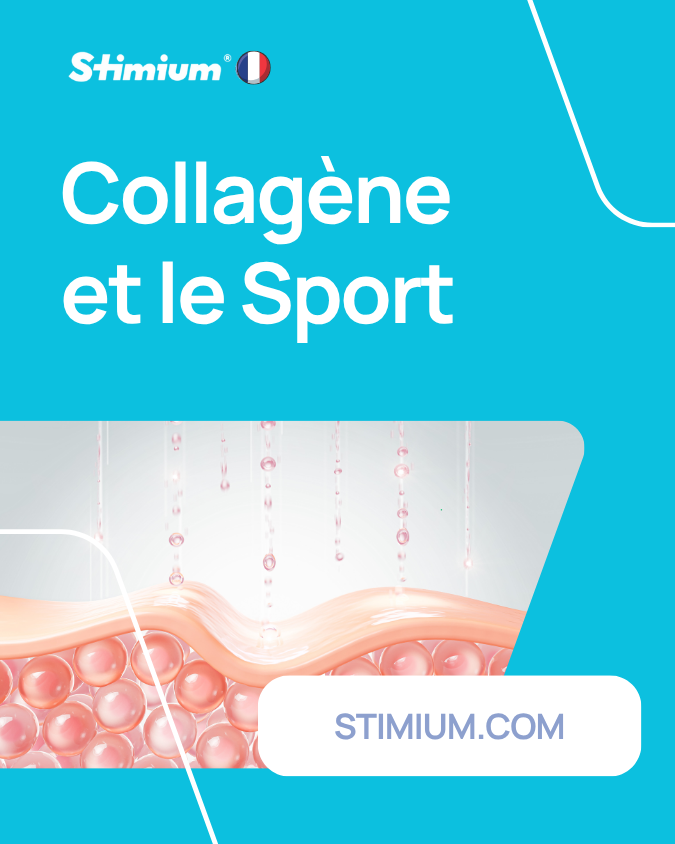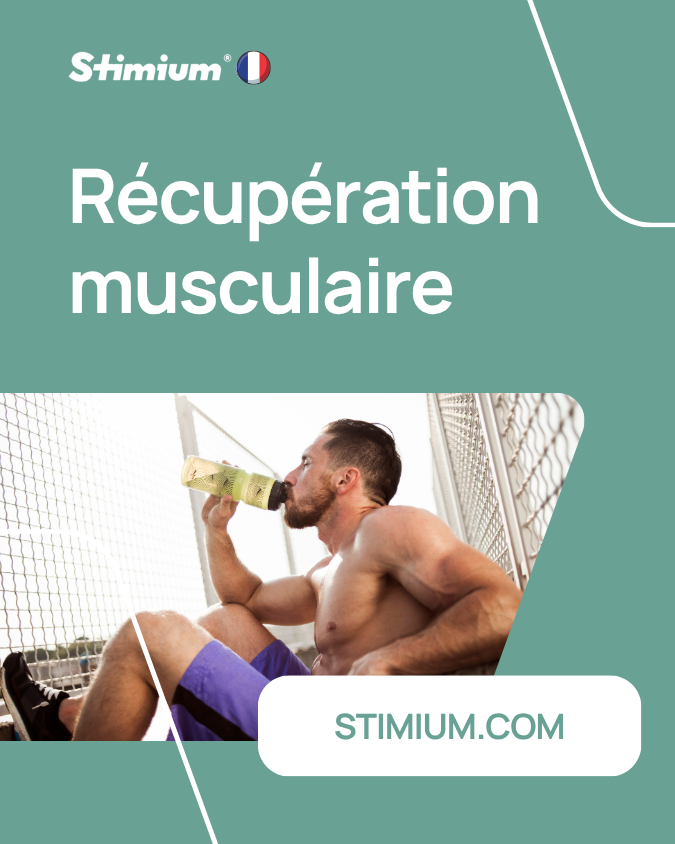7 exercises to practice whitewater swimming in a pool
For a triathlete, training to swim in white water can be problematic. Especially during the period when the water temperature of lakes, seas and rivers is still cool.
However, there are exercises that can be applied in the swimming pool and which allow you to prepare for the very special exercise of white water swimming. Our experts have listed a few for you…
Whitewater swimming training:
7 exercises to practice in the pool
Imitate the Mass start
Like that of a marathon, the start of a triathlon is often done in mass start mode. In addition to the jostling when entering the water and the extreme proximity to other swimmers during the first meters, there is added another danger: letting yourself be carried away by the crowd and, thus, swimming at a pace that does not is not suitable.
Grab a few friends or members of your triathlon club and squeeze in as much as possible to dive and swim with normal arm movements in the same line of water.
Try to swim at your own pace using a crawl exercise from the first few meters. This will get you used to seeing the best swimmers get ahead of you without trying at all costs to hang on to their heels, or to take another swimmer's left arm on your right leg.
Turn around without touching the wall
In white water, there is no wall allowing you to “restart the machine” every 25 or 50 meters.
So get into the habit of turning around before hitting the wall in the 25 or 50 meter pool where you are practicing. You can, for example, take as a marker the T which indicates the end of the swimming line marking.
Another advantage: this will make your explosiveness work more since, when turning around, you will necessarily lose speed and will have to force your arms and legs to resume your cruising speed.
For preparatory exercises in the swimming pool, it is possible to do first series and use, for example, a crawl pull buoy to improve your upper body core and gain buoyancy and conversely, do second series in swimming with outstretched arms with fins, this time to strengthen the power of the legs.
Swim with your eyes closed
In lakes or at sea, the waters can be very murky or even downright dark. This lack of visibility is increased by the mass of swimmers next to you.
Include, during your pool training, lengths during which you keep your eyes closed. Or let fog build up on the lenses of your glasses, to simulate low visibility.
Swimming with your eyes closed will also allow you to concentrate more intensively on your movements and, thus, work on your fine technique.
Open your eyes !
And yes, this is the opposite advice from the previous one!
During your breathing, take the time regularly to raise your head clearly above the water and look around you. Focus your attention on a fixed element located on one side of the pool.
When swimming in white water, it is common to drift – following other competitors or going with the current. Which implies, most of the time, producing additional meters and therefore additional efforts compared to the initially planned distance.
Work on your hypoxia
Another essential element to work on during your whitewater swimming training in a pool: hypoxic breathing.
The start of a triathlon is sometimes compared to a washing machine. Among other swimmers fighting to gain positions, swirls and involuntary blows can quickly make breathing very complicated.
Swim while holding your breath longer than usual. If you breathe normally every two movements, include lengths in your training during which you only breathe every 5 or 6 movements. You will therefore be less stressed during the race when you find yourself in a situation that requires you to stay with your head underwater longer than expected. If it is easier, it is possible to first work on your hypoxia on breaststroke rather than going directly to crawl. Working on your hypoxia is advice applicable to the sport of triathlon but also to most endurance sports. If you feel a little difficulty in the cardio part, if breathing sometimes becomes more problematic, do not hesitate to take Stimium GABA and/or Stimium OMG over 30 days which can help you progress in this aspect all the same we cannot most important !
Work on drafting
This is one of the favorite techniques of triathletes: position yourself just behind a swimmer of the same level to take advantage of their suction and, thus, produce less effort. The other side of the coin: when you are not used to the drafting technique, it is not uncommon to find yourself too close to the competitor in front and therefore take a few hits. Which then encourages the opposite extreme: swimming too far and, thus, losing the benefit of suction...
Choose a few training partners who swim at an equivalent pace. Line up in front of a line of water and set off at one second intervals.
For the exercise to be truly effective, practice it over a relatively long distance: 250m or 350m.
Practice starting in deep water
Some races provide for a start in deep water: no momentum is possible (and even less support wall).
Calmly descend into the water and swim until you can no longer stand. Stand in a stationary position and then simulate a start.
Another feature of the race which may be interesting to anticipate (ask for information when registering): the Australian exit . While most swimming portions in triathlons are done on a course demarcated by buoys, some races provide additional difficulty by including an exit from the water halfway through.
Halfway through your whitewater swimming workout in the pool, get out of the water, jog for a few meters then dive back in to complete the second part of your workout.
Swimming at the top requires very strong physical strength and great concentration. For the physical part, we recommend Stimium® PreWorkOut Max for muscle strengthening. to prepare the organisms for muscle strengthening loads because if you have to be fluid in the water to limit resistance, in white water, you also have to be able to fight with the current, the wind and the competitors around you, and for recovery Stimium® Mc3 or Stimium® Mc3 powder to reduce the risk of cramps, and combat muscle fatigue, Stimium® Rgn3 Reload or Stimium® Rgn3 Clean-Up to restock with vitamins and minerals and finally our Stimium® Iso Mix Carb , to replenish these sources of glycogen and proteins in the muscles after heavy training sessions in particular. For concentration, Stimium Bacopa will help you to be even more focused than usual, by acting on strengthening concentration, allowing you to manage your stress, and increasing the speed of processing information to take the best trajectories, the best currents, and the best swimmer to follow in front of you like a hare!
These 7 educational exercises are basic exercises, but will really come in handy on race day. Do you have any other tips and advice for practicing whitewater swimming in a pool? Share them with us on our social networks!







